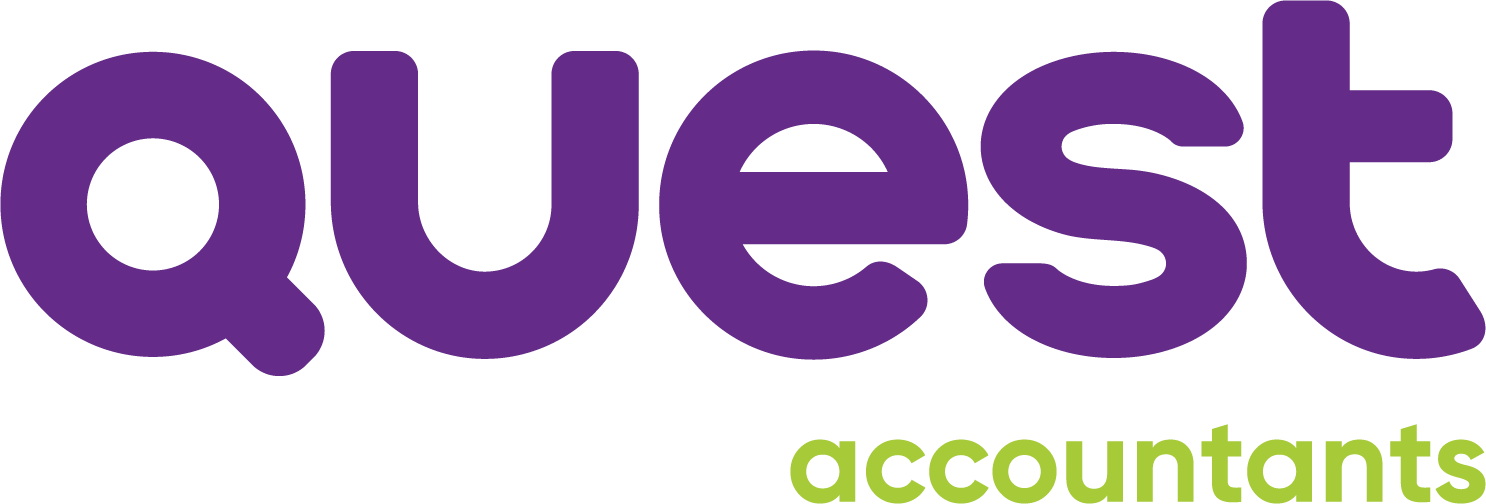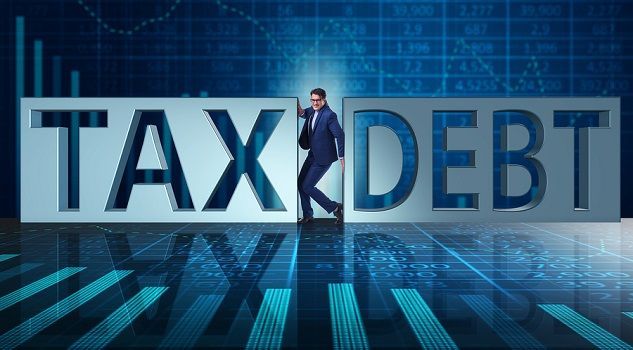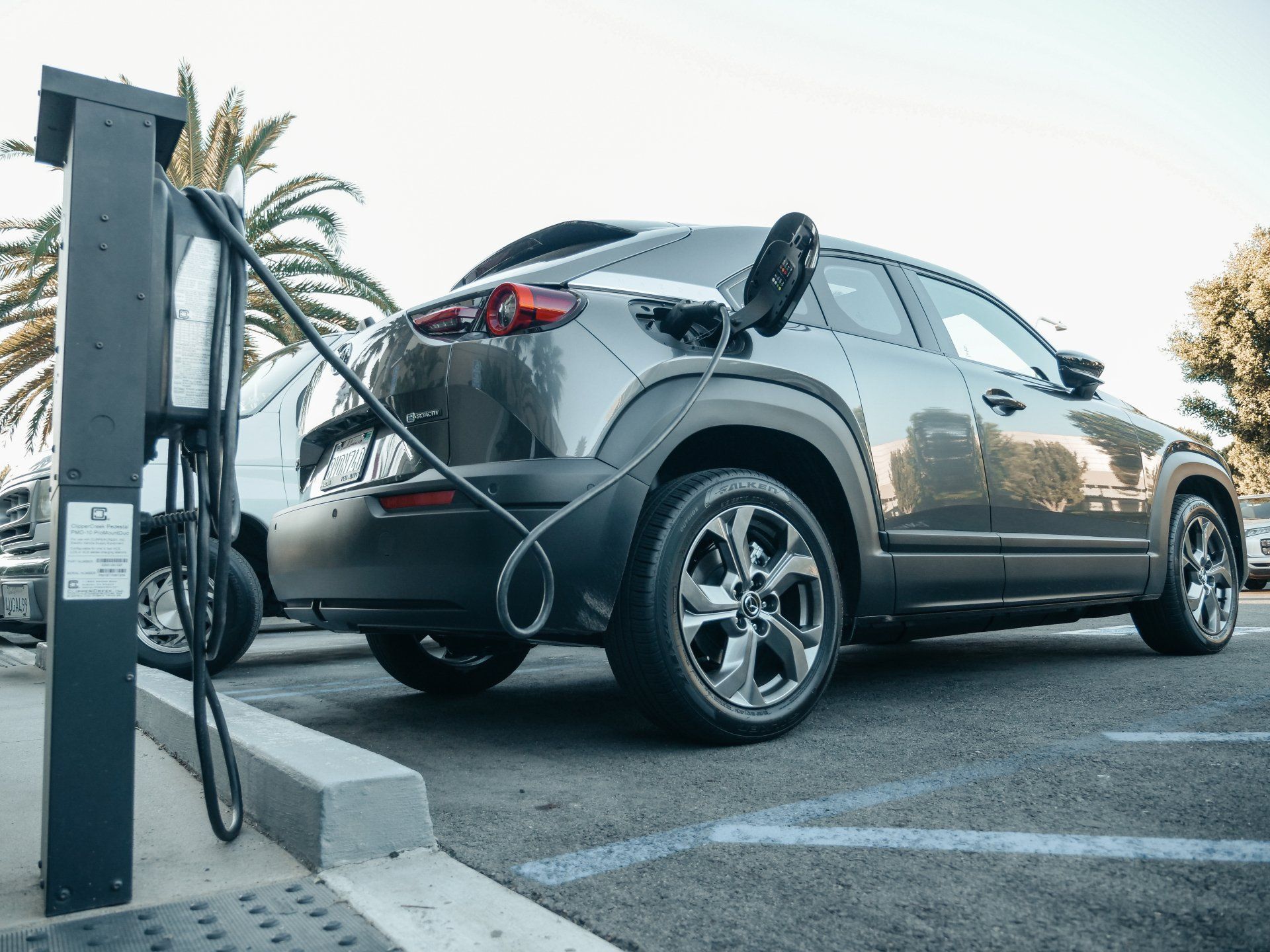JobKeeper Update
On 8 April 2020, Parliament passed legislation to approve a new wage subsidy plan.
This plan will see eligible employers receive a $1,500 per fortnight Jobkeeper Payment for each eligible employee. The plan will also apply to self-employed individuals.
v IMPORTANT - JobKeeper is a reimbursement scheme
It is very important to understand that the JobKeeper payment is a reimbursement scheme. This means an employer will only be eligible for a JobKeeper payment after the employer has already paid $1,500 per fortnight per eligible employee. You will not get the JobKeeper payment before you pay employees.
This point is critically important, particularly for businesses that have stood down their employees without pay. If you want to claim the JobKeeper for these employees, you will need to arrange for them to be paid a minimum of $1,500 per fortnight from 30 March 2020.
For businesses that have not been trading it may simply be impossible from a cashflow perspective to make these payments. The advice from Treasury to deal with this situation:
In cases where this may present cash flow difficulties, those businesses may want to speak to their bank to discuss their options. The banks have said businesses may be able to use the upcoming JobKeeper payment as a basis to seek credit in order to pay their employees until the scheme is making its first payments.
Unfortunately, we foresee the reimbursement nature of this system will likely result in many businesses being unable to claim the JobKeeper payment.
First eligible payment period ends on 12 April 2020
Under the scheme employers will need to make payments to eligible employees for each fortnightly period covered by the scheme. The first period starts on Monday 30 March 2020 and ends on Sunday 12 April 2020. The payment requirement is that they pay their eligible employees a minimum of $1,500 per fortnight in the scheme payment period. Where an employer pays their staff monthly, the ATO will be able to reallocate payments between periods. However, overall an employee must have received the equivalent of $1,500 per fortnight.
If you want to claim the subsidy for an eligible employee and they have not been paid $1,500 per fortnight since 30 March 2020, employers must pay a ‘top-up’ payment to employees so that they are eligible. The ATO will provide further guidance on how this will work.
Our view
We believe it is entirely unreasonable to expect any business to be making top-payments to current employees or $1,500 payments to employees that have been stood down without any certainty these payments will be reimbursed by the Government. Consider the facts:
• The legislation was only passed on 8 April 2020 • The rules around eligibility have not been finalised by Treasury • There is no formal application process to apply for the scheme • The ATO, who is administering the scheme, has provided no guidance
It is our expectation that the ability to ‘top-up’ payments referred to above will enable employers to make salary payments after 12 April 2020 that will be treated as if they occurred on 12 April 2020.
❖ The big question – how do I work out if I am eligible for JobKeeper?
Frustratingly, the legislation does not answer this question. What the legislation does is provide the Treasurer with the power to determine the rules regarding eligibility. The legislation also allows the Treasurer to give extensive powers to the Commissioner of Taxation (i.e. the ATO), who will be responsible for administering payments under the scheme.
Right now, we lack clear guidance from both Treasury and the ATO regarding eligibility criteria, particularly the decline in turnover test. We are aware that the Treasurer released draft rules in the form of an exposure draft, but this document is no longer publicly available.
❖ What do we know about the decline in turnover test?
From the outset of the scheme we have known an employer or self-employed individual will be eligible for the subsidy:
• if their turnover is less than $1 billion and their turnover will be reduced by more than 30 per cent relative to a comparable period a year ago • if their turnover is more than $1 billion and their turnover will be reduced by more than 50 per cent relative to a comparable period a year ago
We now know:
• Turnover refers to GST turnover i.e. turnover as would be reported in a business activity statement • A comparable period may be a month or a quarter. Based on guidance from Treasury the comparable period for an employer would be the same length as its BAS reporting period.
We have included below three frequently asked questions from the Treasury website discussing the turnover test that are relevant:
MY BUSINESS HAS ONLY JUST STARTED OR MY BUSINESS HAS “LUMPY” INCOME. HOW CAN I SELF-ASSESS THAT MY TURNOVER HAS FALLEN 30 PER CENT?
To establish that a business has faced or is likely to face a 30 per cent or more or 50 per cent or more fall in turnover, most businesses would be expected to establish that their turnover has fallen in the relevant month or quarter (depending on the Business Activity Statement reporting period of that business) relative to their turnover in a corresponding period a year earlier. Where a business was not in operation a year earlier, or where their turnover a year earlier was not representative of their usual or average turnover, (e.g. because there was a large interim acquisition, they were newly established, were scaling up, or their turnover is typically highly variable), the Tax Commissioner will have discretion to consider additional information that the business can provide to establish that they have been adversely affected by the impacts of the Coronavirus. The Tax Commissioner will also have discretion to set out alternative tests that would establish eligibility in specific circumstances (e.g. eligibility may be established as soon as a business ceases or significantly curtails its operations). There will be some tolerance where employers, in good faith, estimate a 30 per cent or more or 50 per cent or more fall in turnover but actually experience a slightly smaller fall.
MY TURNOVER HAS NOT DECREASED BY 30 PER CENT THIS MONTH, BUT I BELIEVE IT WILL IN THE COMING MONTH. AM I ELIGIBLE?
You can apply for the payment if you reasonably expect that your turnover will fall by 30 per cent or more (or 50 per cent or more for businesses with a turnover of $1 billion or more) relative to your turnover in a corresponding period a year earlier. The ATO will provide guidance about self-assessment of actual and anticipated falls in turnover.
IT IS UNLIKELY THAT MY TURNOVER WILL DECREASE BY 30 PER CENT IN THE COMING MONTH, BUT CAN I APPLY LATER IF MY TURNOVER DECREASES IN ONE OF THE SUBSEQUENT MONTHS?
If a business does not meet the turnover test at the start of the JobKeeper scheme on 30 March 2020, the business can start receiving the JobKeeper Payment at a later time once the turnover test has been met. In this case, the JobKeeper Payment is not backdated to the commencement of the scheme. Businesses can receive JobKeeper Payments up to 27 September 2020.
We recommend reviewing the full list of frequently asked questions which can be found here: https://treasury.gov.au/sites/default/files/2020-04/JobKeeper_frequently_asked_questions_0.pdf
Decline in turnover test – what we still want to know
Significant guidance with worked examples is desperately needed from Treasury and the ATO. These are our questions that we want answered:
• If I report GST in my BAS on a cash basis does that mean my turnover for JobKeeper has to be measured on a cash basis?
• Will my turnover for the test period in 2019 be based on the sales I reported in my BAS for that period?
• I am not registered for GST and do not lodge a BAS. What impact does that have on my eligibility for the scheme?
• Do I only need to meet the decline in revenue for one month? Or one quarter?
• If I don’t meet the decline in revenue test for one month or one quarter does that mean I stop being eligible for JobKeeper payments?
• What is the first period for which my revenue is being measured and compared to 2019? Is it the month of March or quarter ended March? Or is it the month of April or the quarter starting in April?
We will provide another update on JobKeeper as soon as we receive guidance from Treasury and the ATO.




